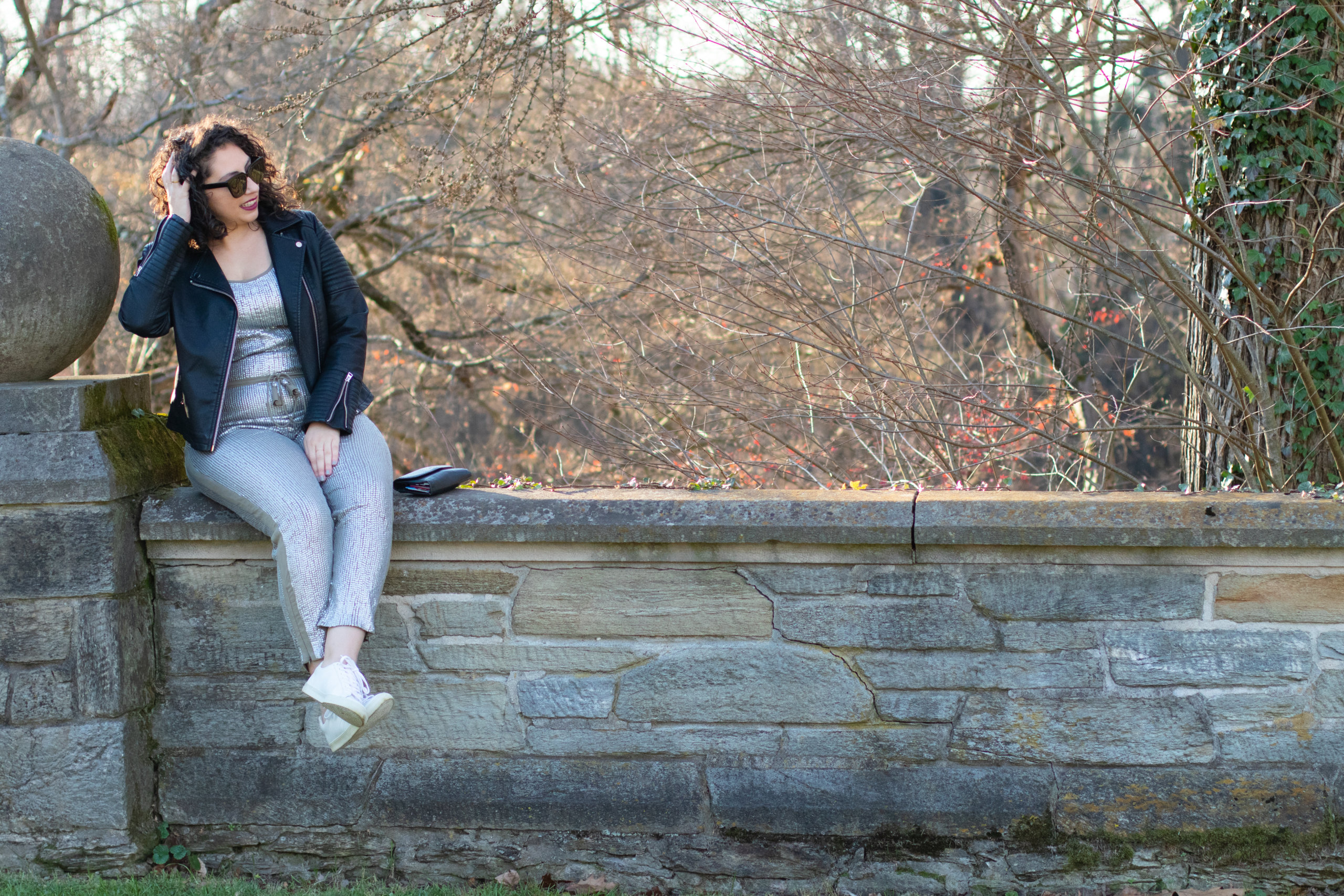
The Blog
Directing the Eye and Leading Lines Photography
March 9, 2022
Table of Contents
Share on Social Media!
Everything in photography is really about how your eye is taking in the photo. Lighting is about creating a consistent aesthetic so your eye will naturally go to the subject and not be distracted by another aspect. (Unless that is what you’re going for.) Leading lines photography is another way that we can subtly direct the eye towards the subject of the photograph. Our eyes will naturally follow the line and also naturally notice when lines are askew.
Directing the Eye and Leading Lines Photography – Horizon Lines
Before you start worrying about any other type of line, I recommend starting with horizon lines. They are the most frequent type of lines that you’ll deal with and will make the biggest noticeable difference in your photography. Mastering other lines is awesome, but need to be built on the foundation of understanding horizon lines. Look at the photo of Z below. The wall creates a horizontal line right across the middle of the frame. Making sure that line is straight helps to orient the eye and let your attention focus on Z looking fabulous instead of wondering why things look slightly off.

In yet another photo of Z, you can see the grass is creating the horizon line. In this case, it is the actual horizon, unlike the photo above, where the wall is acting like a horizon.

Directing the Eye and Leading Lines Photography – Leading Lines
While horizon lines are lines that mimic the look of the horizon, leading lines are a bit more varied. They are anything that could lead your eye to the subject. (I would say they usually occur in the background, but you could also have them in the foreground, too.) Look at the photo of Tinsaye below. The row of vines on the right, especially the rows of grapes (which are the dark blur) create a line in the back that almost seems to lead your eye right to Tinsaye.

In the photo of Olivia below, the sidewalk lines are the leading lines.

In the photo of Ange below, you can see the sidewalk path creating a leading line to her. You can also see in this photo that not all leading lines are straight. They can be windy, serpentine, etc.

In the below photo of Renee, you can see the trees on both sides are creating leading lines.

Directing the Eye and Leading Lines Photography – FAQs
Obviously all of this advice is given under the perfect circumstances. And, as we all know, life isn’t perfect.
What if I have two lines that both can’t be straight?
Sometimes you will come up against situations where all of the horizon lines cannot be straight. Look at the photo of Sarah below. The ledge she is standing on is straight, but the hill behind her has a slight slope and isn’t straight. How did I determine which to straighten? Honestly, trial and error. I tried straightening the photo based on each line and then decided which one I liked better.
As a general rule, if your subject is standing one a line, that’s the one to straighten. However, this isn’t always true. If you start experimenting, you’ll quickly identify which looks right and which looks wrong.

Do horizon lines always need to take up the entire background of the photo?
Nope! Look at the photo of Ange below. The cement wall is working both as a horizon line and a leading line. However, if you follow the wall back, you’ll see that it has a mini horizon line that appears straight – it gets a little lost in the background. If that line had been crooked, then it would’ve looked like either Ange or the skull were tipped.

Directing the Eye and Leading Lines Photography – Conclusions
If I’m being honest, horizon lines and leading lines are something of a never ending learning process. The better you get at them, the more complicated situations you’ll find yourself attempting. (Like a brick walls, structures that don’t have perfect ninety degree angles, etc.) The good thing about horizon lines is that they can usually be fixed in post, so shooting with them in mind is a great way to continue to your skills (and cut down on post editing time), but isn’t something that will usually ruin a photo. Mastering both horizon and leading lines are bonuses that will continue to improve your photography.
